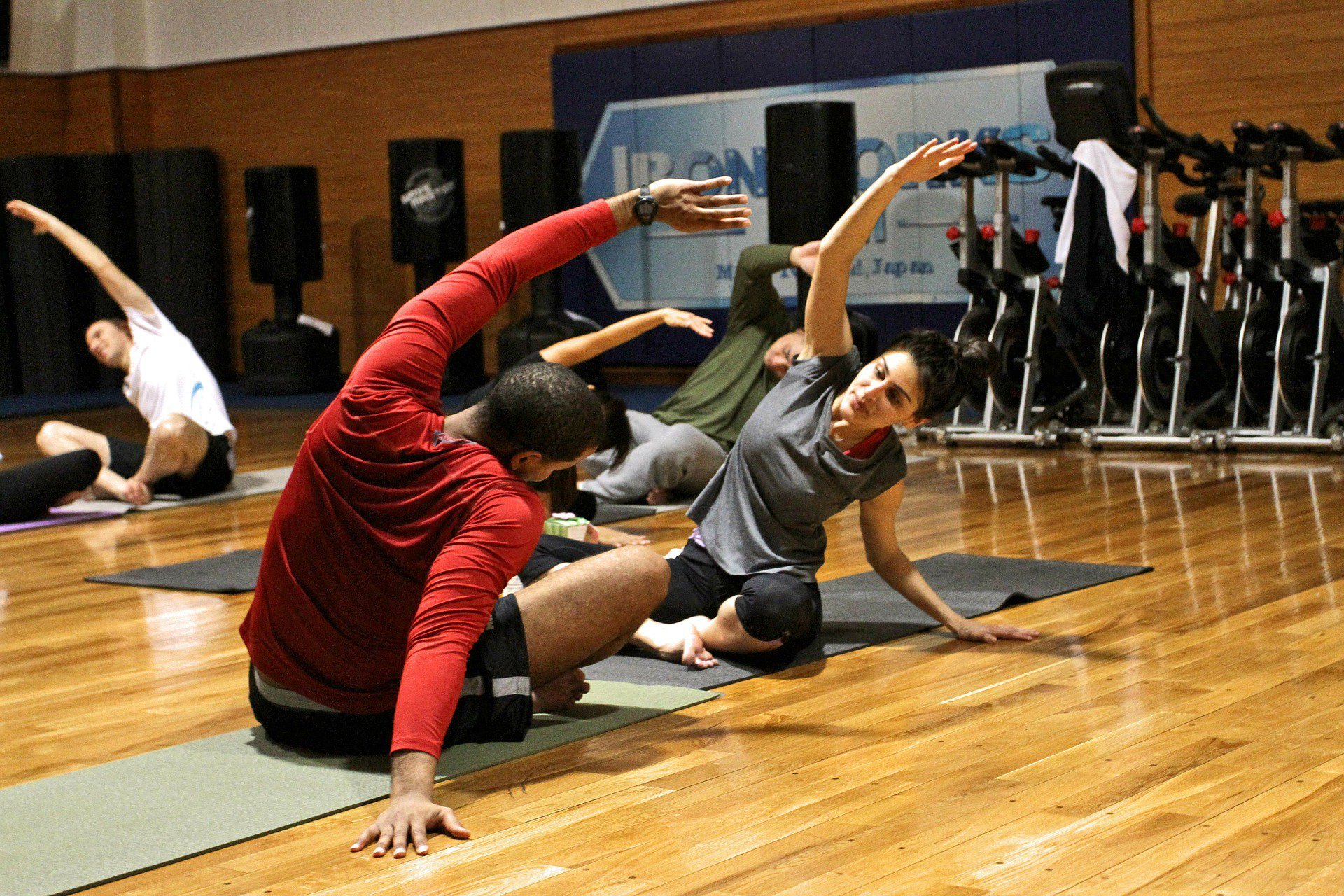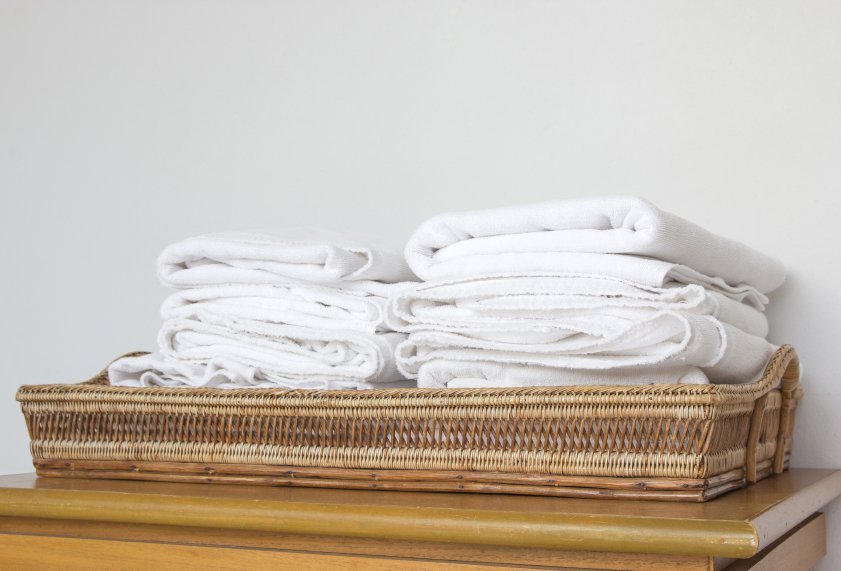I have a confession to make: Exercise bores me. Don’t get me wrong — I love staying fit, and I love the way I feel after a great workout, but no matter what exercise routine I try, after a while I get bored and want something new. For a while I was into spin classes. Then it was Zumba. Then aquatic aerobics, HIIT-style repetitions, and just plain jogging. Now I’m all about indoor climbing. I was starting to think there’s something wrong with me, but then I stumbled across a post on the “Be Active Your Way” blog, a publication of the Department of Health and Human Services. Written by Alexandra Black, a dietician and IHRSA’s Health Promotion Manager, the article is not about keeping exercise interesting — but it nevertheless put my mind at ease and inspired me to continue trying new routines.
What the article is about is this: using trial and error to determine the best workouts for individuals. “Each person,” Black writes, “has a unique genetic makeup, different life experiences, and varied medical histories that make it nearly impossible to prescribe one great diet or one great fitness plan for all.” Because of this, she says, the best way for individuals to figure out what works for them is through trial and error. The health and medical industries are beginning to recognize this, and the result of moving away from a one-size-fits-all mindset is better care and better long-term health for people. Black puts it this way: “As the trend towards individualized healthcare continues, we’re recognizing that every person is different, and that treating them as such — both in healthcare and in wellness — is often where the real magic happens.”
Which brings me back to my boredom issue. Reading Black’s thoughts on trial and error made me realize that the only way for me to find a routine that doesn’t eventually bore me is to keep trying new ones — and that it’s okay to do so. Maybe I just haven’t found the right one yet, and I need to keep searching until I do. Or maybe it’s the case that my genetic makeup, life experiences, and medical history make me a person who needs constant changes in her workout routine in order to most benefit from working out. Whatever the case, thinking about fitness as something that requires an individualized approach completely changes the way I think about working out. It gives me a feeling that I have permission to keep trying whatever I want to try.
Why am I sharing all this? Because chances are that an individualized fitness approach is something that would appeal to your members too. Of course, if you have personal trainers or some kind of personalized workout program, you already promote individualized fitness — but doing so explicitly could put your members at ease (enough so that they renew their memberships and talk your facility up to all their friends and social network connections). Defining individualized fitness and explaining its benefits — through posters, emails, social media, and one-on-one sales and promotion pitches — can help your members feel freer to engage in their own trial and error, giving new workouts and exercises a try, experimenting until they know what works best for them. And helping them in that way greatly increases the chances that they’re going to keep coming back to you.









